What it can do:
This radio telescope takes pictures in radio (on frequencies between 10.7Ghz and 12.75GHz). Theoretically, this radio telescope should be able to take pictures of the sky, in radio. If the dish is aimed properly, the results should create an image of TV satellites orbiting the earth (those in geostationary orbit - they are always in the same position in the sky since they orbit the earth at the same speed at which it rotates). However, due to limitations caused by the small size of the dish, I won't be able to do any real radio astronomy with this (with a bigger dish, we can listen to lower frequencies (due to their longer wavelength) and a larger dish would also provide increased aperture which means more gain and smaller beamwidth (so higher resolution images too) . For example, by using a 1m dish, I would be able to listen to the hydrogen line. This is a spectral line (around 1420MHz) caused by the change in energy state of hydrogen atoms. Considering hydrogen is the most abundant element in the universe, and there are huge clouds of hydrogen everywhere in our galaxy, if I applied the same imaging technique (read How it works, below), I would be able to see the centre of the Milky Way (or at least receive a faint signal at 1420MHz). Now this is pretty cool, but very difficult to achieve.
How it works:
The idea is to have a motorised satellite dish, which can be controlled by a Raspberry Pi. The code on the Pi points the dish in a certain direction, and measures the intensity of the radio signal being received. This intensity and the position of the dish are then stored in a database. This is done many times as the radio telescope moves around and scans its surroundings. Each value for the intensity of the signal (with its associated dish position) are converted to pixels in the final image: the intensity of the signal being the brightness of the pixel, and the position of the dish being the location of the pixel on the final image. The output is a low resolution image, which represents the intensity of signals being received from different areas in the telescope's surroundings. Here is a video of my first scan:
Moving the dish:
I used 3D printed parts I designed to build each axis to move the dish. What I built is essentially and alt-azimuth mount for the satellite dish.
For the altitude axis, (up and down) I attached a stepper motor to a threaded rod using a flexible coupling. On the threaded rod I placed a nut, which, as the threaded rod rotates, moves forwards and backwards. Part A (below) is a 3D printed piece which then translates the horizontal motion of the nut into a vertical motion, to move the dish up and down, by pulling it and pushing it. I found that this method worked really well since it allowed for a decent amount of torque, and for precise, small movements. However, I was only able to point the dish between 0° and 50°(altitude), but with a few modifications i'm sure i could fix this.
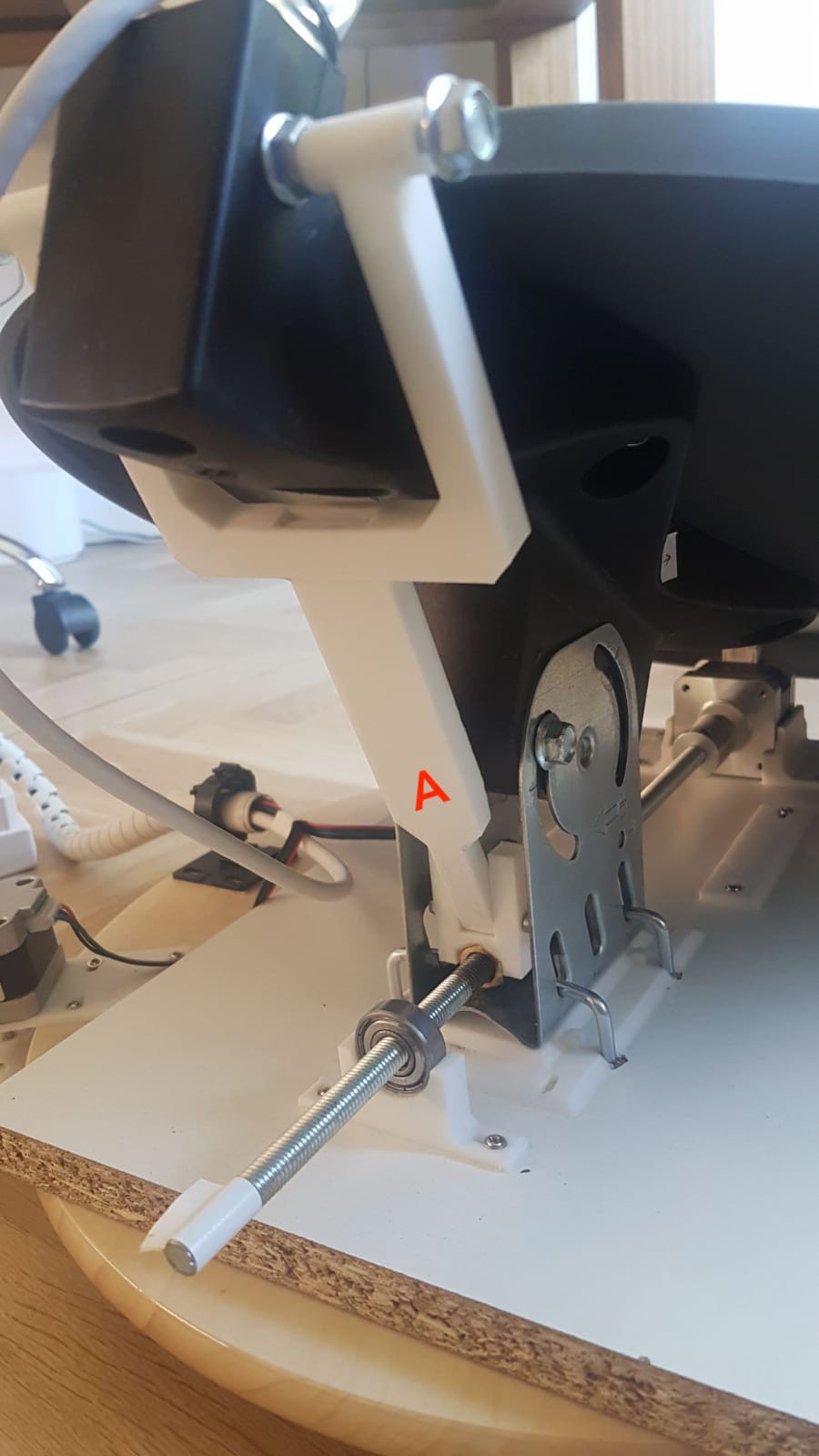
For the azimuth axis, (left and right) I ran a ball chain around a 3D printed adapter for the stepper motor, and around the base for the Lazy Susan. As the stepper motor rotates, the top plate of the Lazy Susan will also rotate, moving the dish, which is mounted on top of it. I had a few problems with this design, since the stepper motor had a little trouble rotating because of the weight of all the parts mounted on the turntable, but I managed to make it work in the end.
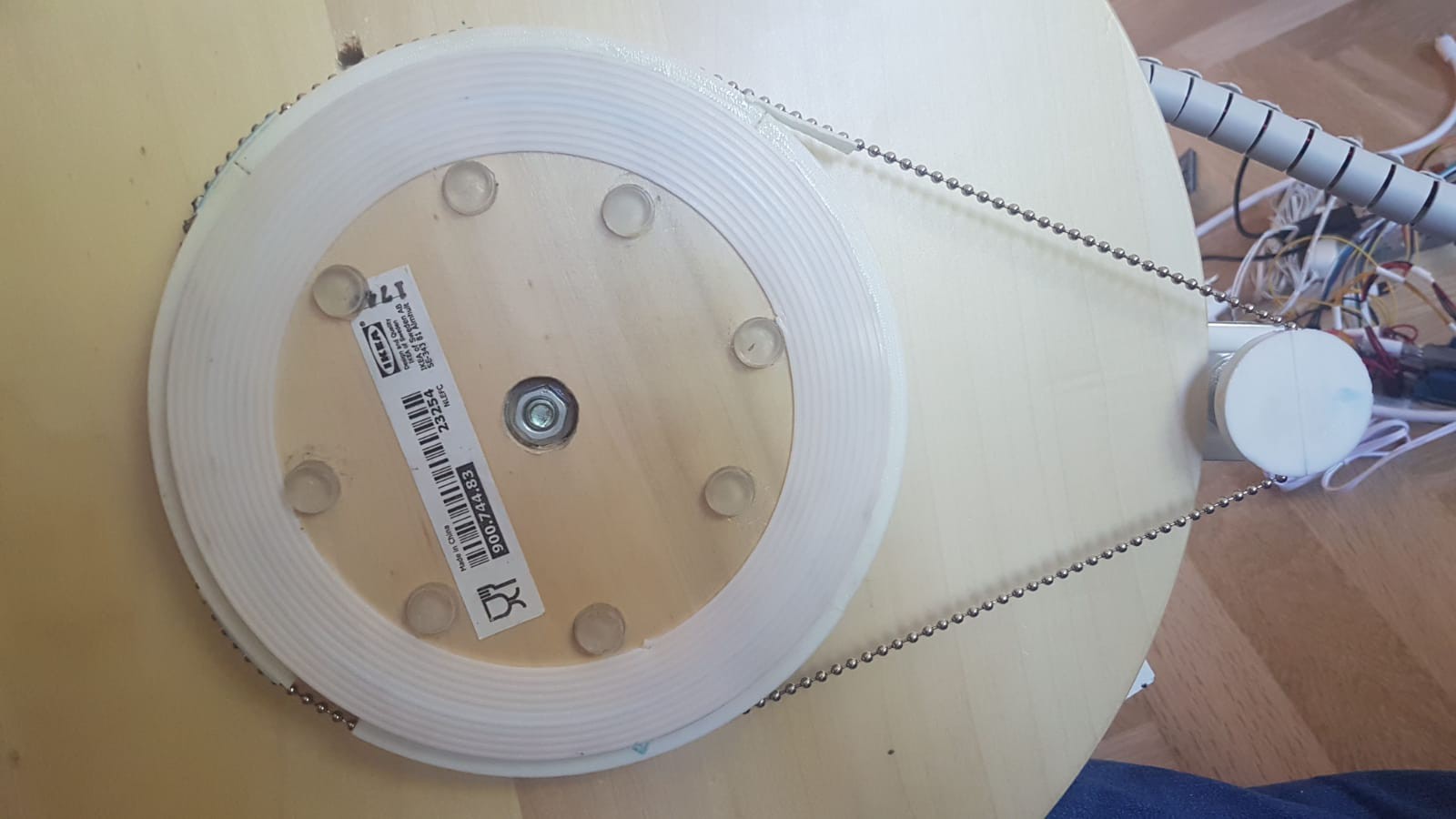
Receiving the signal on the Raspberry Pi:
For the Raspberry Pi to be able to measure the power of the signal...
Read more » Gonçalo Nespral
Gonçalo Nespral

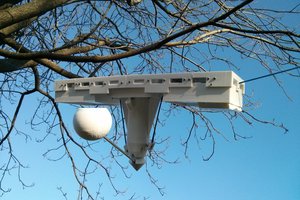
 Lee Djavaherian
Lee Djavaherian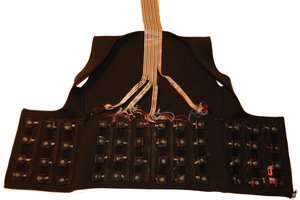
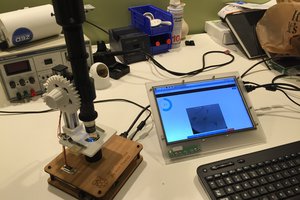
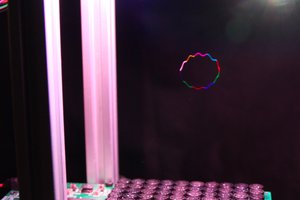
 Dan Foisy
Dan Foisy
Hi Gonçalo, where can i found the software tu move the two motors, with Arduino, and raspberry, i am trying to make same tiny radiotelectope, but, i dont have software for driving stepping motors. hope you will answer my question. best whishes for 2020, good luck. Jean-Jacques from South France. (Hamradio)